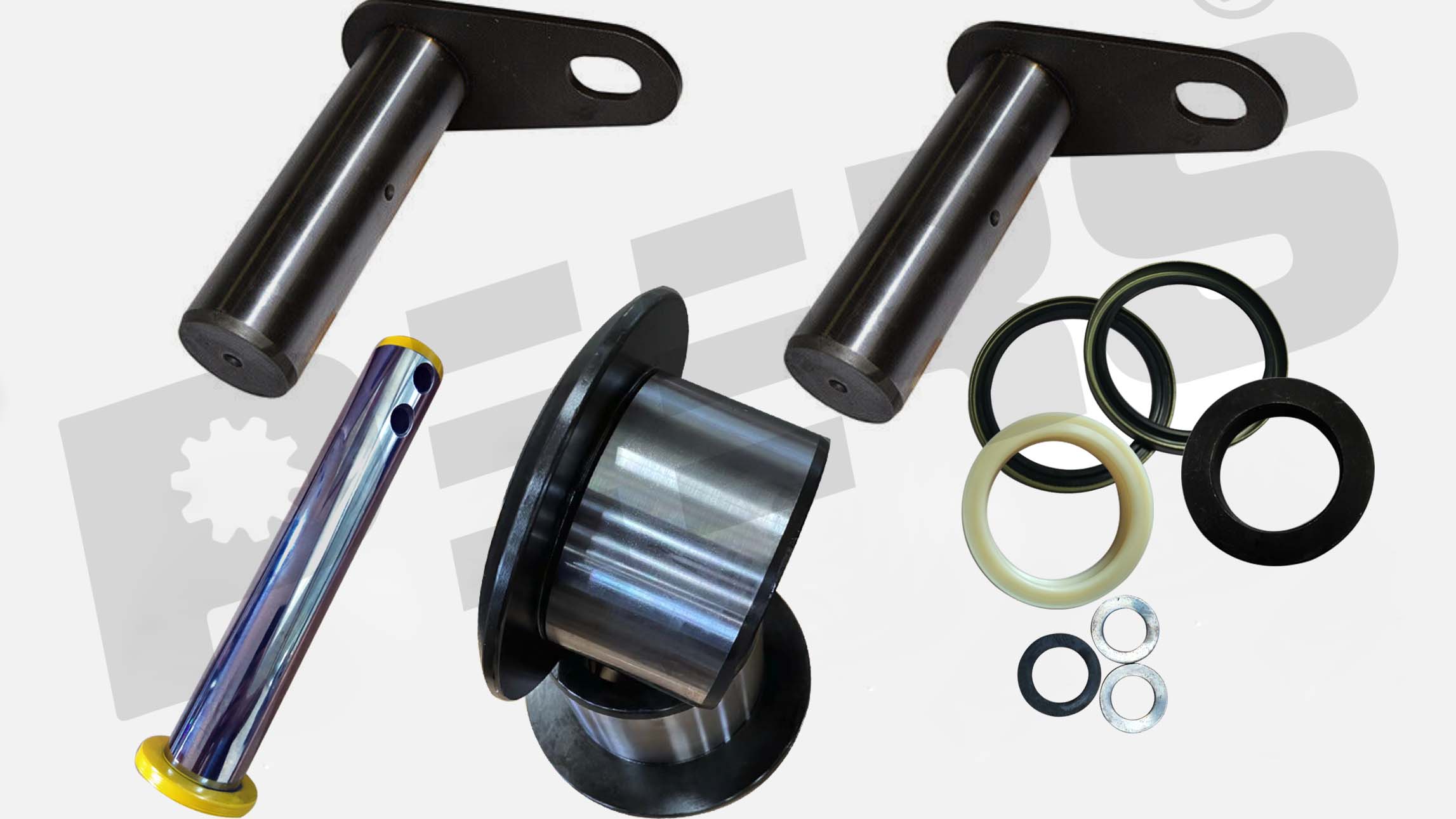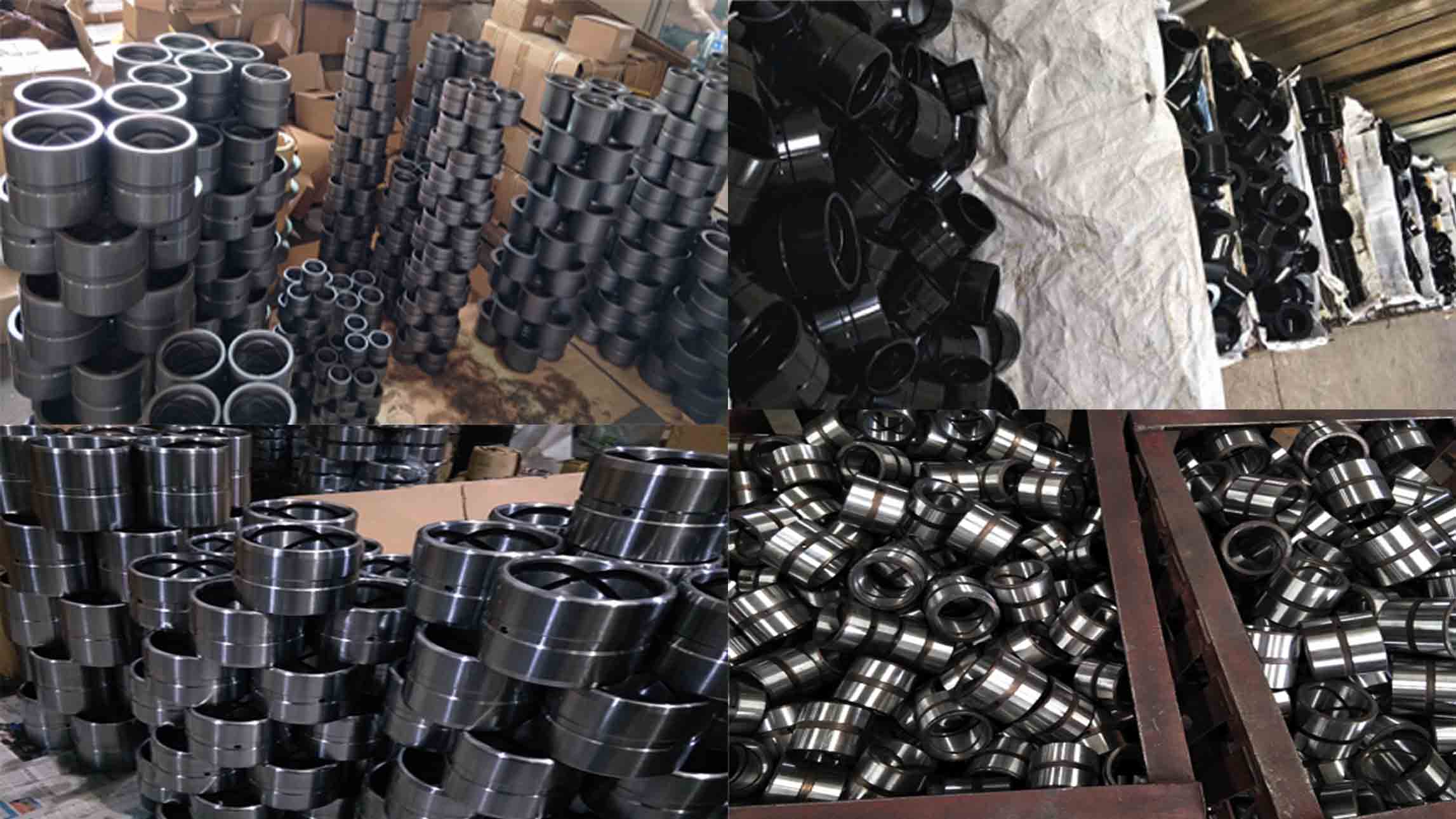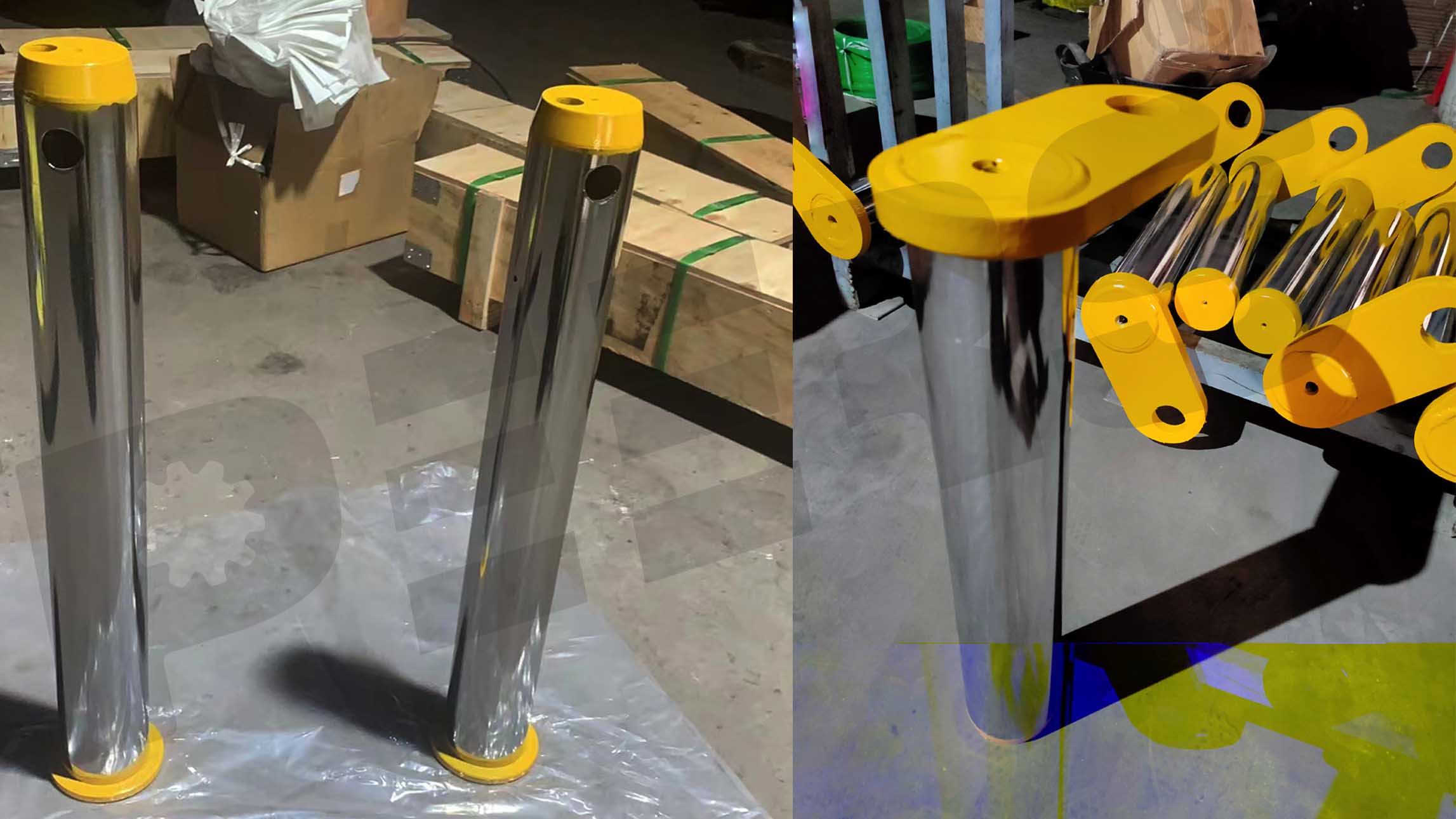 Understanding Bucket Bushings:
Understanding Bucket Bushings:

Facilitating Maintenance: Bucket bushings are designed to withstand heavy loads and repetitive movements. However, over time, they may experience wear and require replacement. By incorporating easily replaceable bushings into the undercarriage design, maintenance becomes more manageable, minimizing downtime and maximizing productivity on the construction site.
Bucket pins are sturdy metal rods that secure the bucket to the excavator's dipper arm or boom. They serve as pivotal connection points, allowing for the articulation and movement of the bucket assembly. Like bucket bushings, bucket pins are subjected to considerable stress and must be constructed from high-quality materials to ensure reliability and longevity.
Providing Articulation: Bucket pins enable the bucket to pivot and articulate, allowing the excavator operator to manipulate the attachment for precise digging, loading, and dumping operations. Their robust construction ensures that the bucket remains securely attached to the dipper arm, even when subjected to heavy loads and dynamic forces.
Transmitting Power: During excavation tasks, the bucket pins transfer power from the hydraulic system to the bucket assembly, facilitating efficient digging and material handling. Their secure connection ensures that hydraulic forces are transmitted effectively, maximizing the excavator's performance and productivity.
Supporting Structural Integrity: In addition to facilitating movement, bucket pins play a crucial role in maintaining the structural integrity of the excavator's bucket assembly. By securely fastening the bucket to the dipper arm, they help distribute loads evenly and prevent excessive stress on individual components, reducing the risk of premature wear or failure.
In the realm of construction equipment, every component serves a vital function in ensuring the overall performance and efficiency of the machine. Bucket bushings and bucket pins, as integral parts of an excavator's undercarriage system, play key roles in facilitating movement, enhancing stability, and supporting structural integrity. By understanding their functions and significance in the field, construction professionals can appreciate the intricate engineering behind these essential components and ensure proper maintenance and care to optimize the lifespan and performance of their excavators.